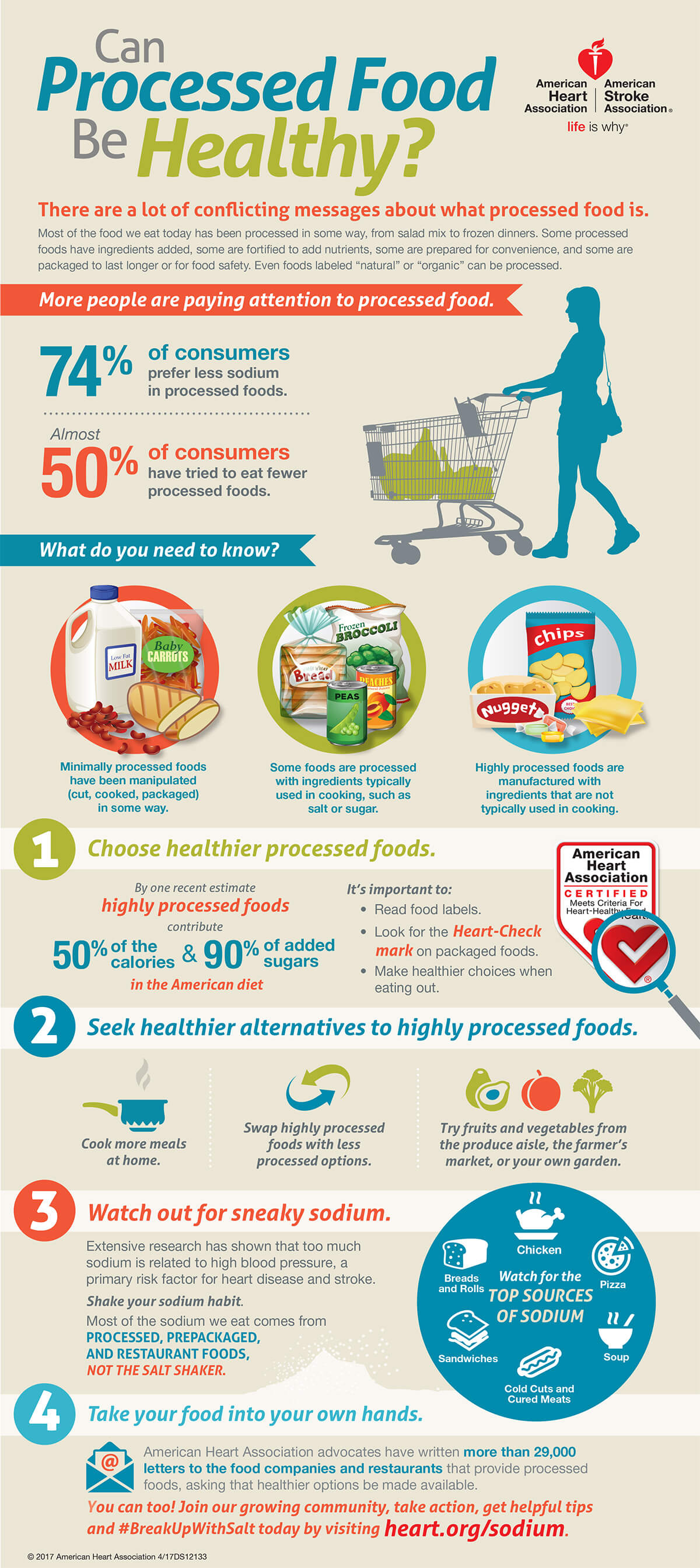Could Your Post-Meal Abdominal Pain Be Linked To A Hernia? Discover The Signs And Effective Monitoring Approaches To Find Relief

Write-Up Written By-Jorgensen York
If you've experienced abdominal hernia pain after eating, you're not alone. This pain frequently develops from the pressure on a damaged area of your abdominal wall during food digestion. You could notice sharp or hurting pain, bloating, or perhaps a noticeable bulge. But what can you do to handle these signs? Recognizing the connection in between hernias and post-meal discomfort is the initial step toward discovering relief. Let's explore this better.
Recognizing the Link In Between Hernias and Post-Meal Discomfort
When you eat, your body undergoes an intricate process of food digestion that can in some cases set off pain if you have a hernia. https://docs.google.com/document/d/1Y9HqGldV0ZY7xI3IxDv6tXnRRxWGKqezinwH6QTUiGQ/edit?usp=sharing occurs due to the fact that a hernia happens when a body organ or tissue protrudes via a vulnerable point in the stomach wall.
As food actions through your gastrointestinal tract, it may put pressure on this damaged location. You may really feel discomfort or discomfort, particularly after consuming bigger meals or particular foods that cause bloating.
Furthermore, the activity of your intestines throughout food digestion can aggravate the hernia, leading to a lot more intense sensations. Recognizing this link is important, as it helps you recognize possible triggers and make nutritional adjustments to handle pain successfully.
Monitoring what you consume can offer useful understandings.
Common Symptoms of hernia Discomfort After Eating
If you have a hernia, you may notice certain symptoms after eating that signal discomfort. Typically, you might experience sharp or hurting discomfort in your abdomen, especially around the hernia website. This pain can escalate after meals, particularly if you've eaten a large section or heavy foods.
Bloating and gas are likewise regular problems, making you feel annoyingly complete. You may also discover a noticeable lump in your abdominal areas that ends up being extra noticable post-eating.
Queasiness and periodic throwing up can happen, particularly if the hernia is causing an obstruction. If you find yourself experiencing these signs constantly after dishes, it's vital to seek advice from a health care expert for appropriate examination and suggestions.
Strategies for Managing hernia Pain After Meals
To manage hernia pain after dishes properly, consider making some nutritional and way of living adjustments.
Begin by consuming smaller sized, more frequent dishes instead of huge parts, which can minimize stress on your abdominal area. Concentrate on low-fat, high-fiber foods to reduce digestion. Avoid spicy, acidic, or fried foods that may cause discomfort.
On top of that, preserve a healthy weight to decrease strain on your stomach wall.
After consuming, attempt to remain upright for at least 2 hours to assist food digestion; this can aid stop pain. Mild activities like walking can also advertise digestion, but stay clear of intense exercise instantly after meals.
Remaining hydrated is essential-- beverage lots of water throughout the day to support digestive health and wellness and total well-being.
Final thought
In conclusion, if you're experiencing stomach hernia pain after eating, it's crucial to acknowledge the link in between your diet plan and your signs. By adopting Hernia Kidney Pain , a lot more constant dishes and avoiding trigger foods, you can dramatically lower discomfort. Remaining upright and appealing in light task post-meal can additionally aid. Do not be reluctant to seek advice from a healthcare professional if your signs and symptoms linger. Taking these steps can boost your comfort and boost your general well-being.

